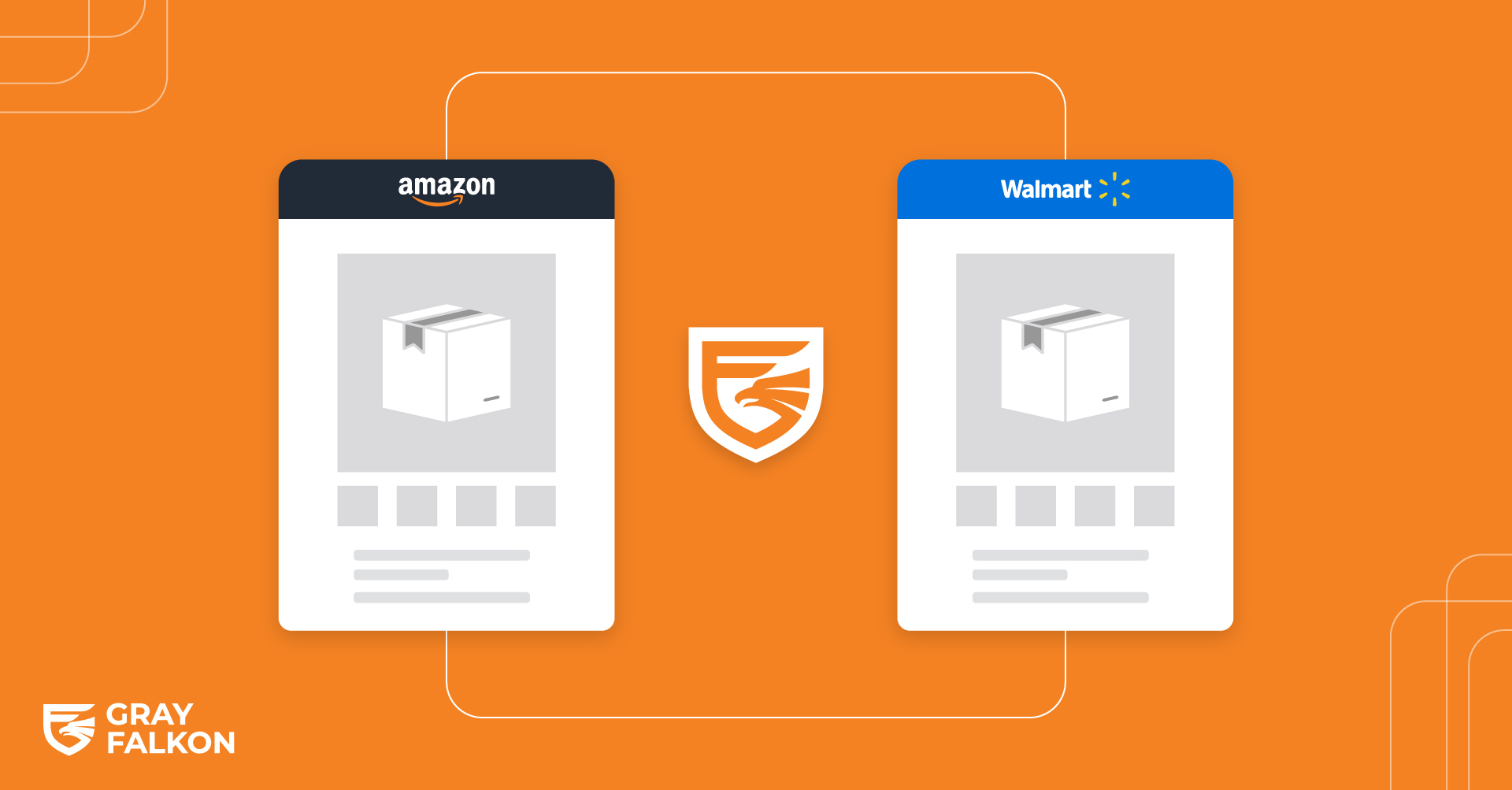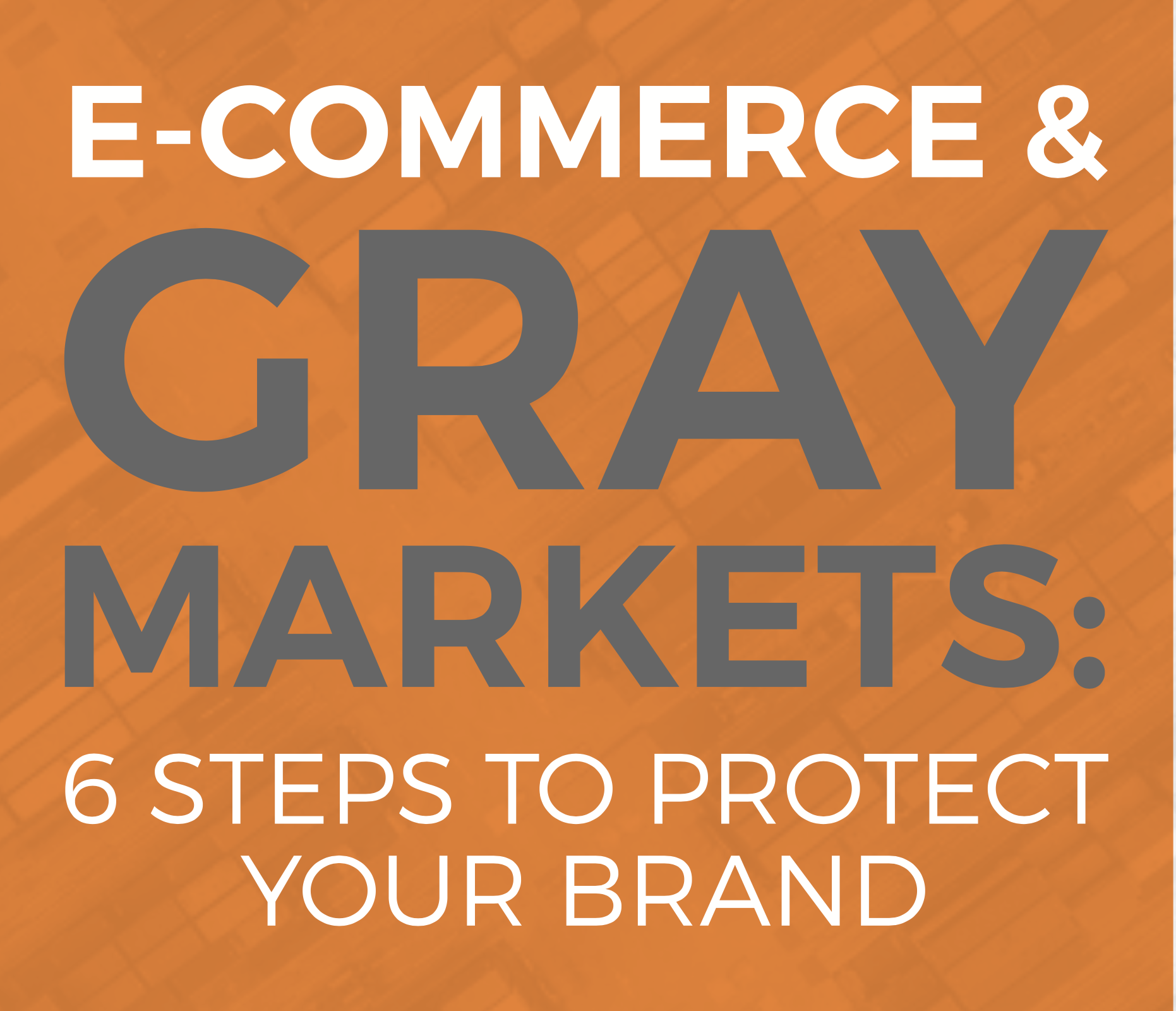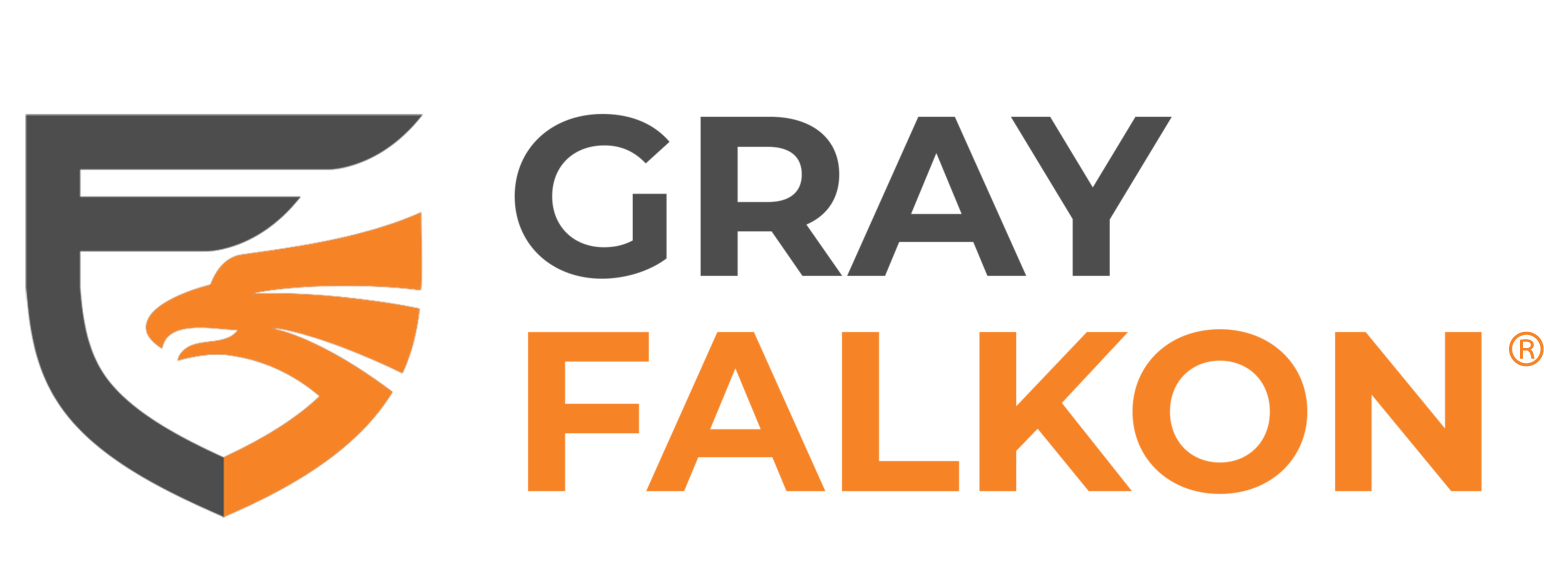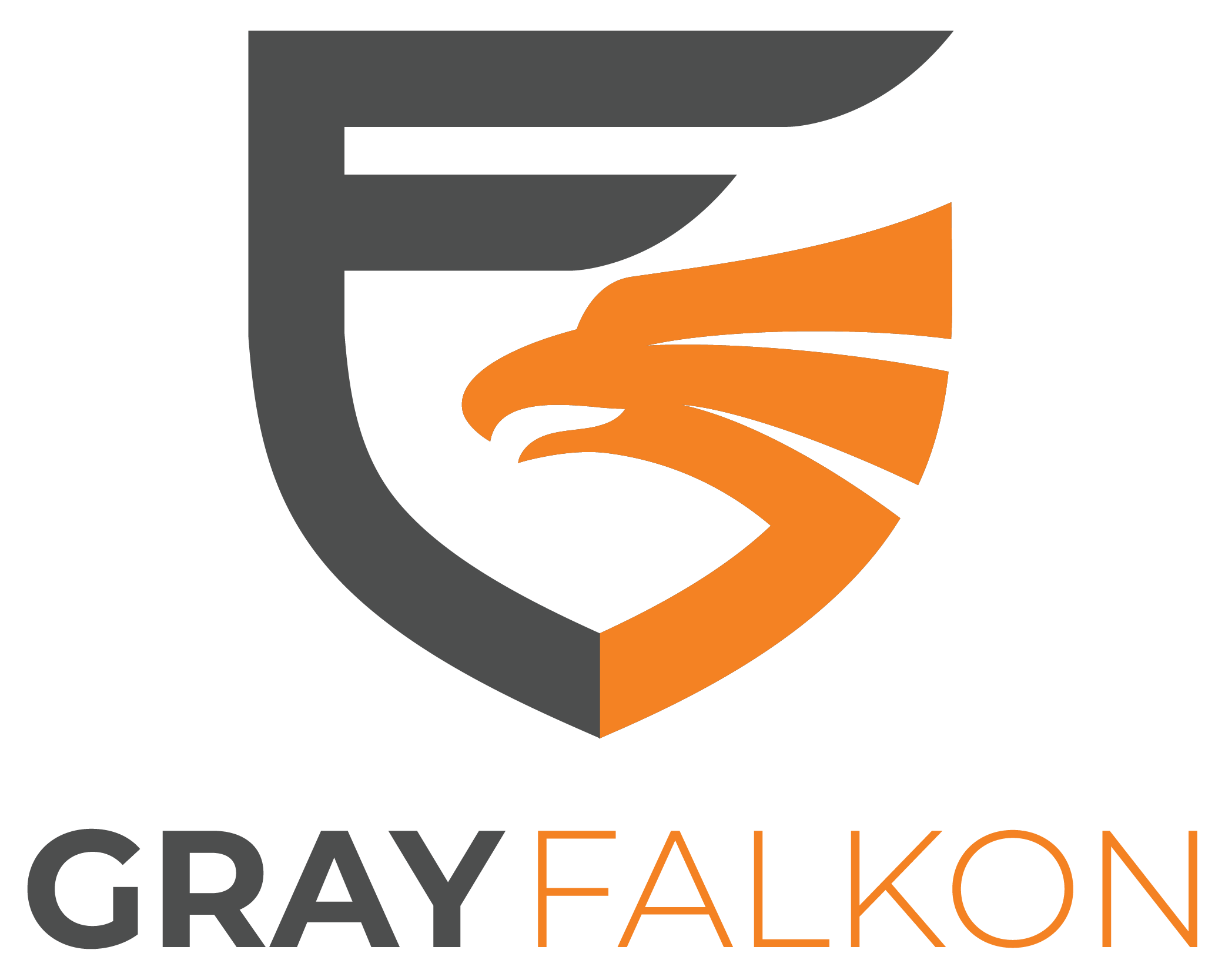
In today’s eCommerce landscape, brands rarely operate on a single platform. Marketplaces like Amazon and Walmart dominate the industry, each offering unique opportunities to reach millions of customers. However, with these opportunities come challenges; counterfeit products, unauthorized sellers, and intellectual property violations don’t confine themselves to one platform. Instead, they often spread across marketplaces, amplifying their impact and making brand protection more complex than ever.
Relying on individual marketplace tools to address these threats can lead to inconsistent results, leaving brands vulnerable to reputation damage and revenue loss. Cross-platform brand protection has become essential for safeguarding your business in this interconnected digital ecosystem.
The Multi-Platform eCommerce Landscape
The modern eCommerce landscape is dominated by marketplaces like Amazon and Walmart, which have become essential channels for brands seeking to expand their reach and grow revenue. These platforms attract millions of shoppers daily, offering unparalleled opportunities for visibility and sales. For many brands, the decision to operate on multiple platforms is driven by the need to diversify revenue streams and compete effectively in a crowded market.
The Appeal of Multi-Platform Selling
Brands leverage platforms like Amazon and Walmart to:
Expand Reach: Access a wider audience by tapping into the customer bases of each marketplace.
Diversify Revenue Streams: Mitigate risk by spreading sales across multiple platforms instead of relying on a single marketplace.
Compete Effectively: Ensure visibility where customers are shopping, staying competitive in a fast-paced digital landscape.
The Challenges of Operating Across Platforms
While the benefits of multi-platform selling are clear, so are the challenges. Each marketplace has its own rules, policies, tools, and standards for brand protection, making it difficult for brands to maintain consistency. Some of the most significant hurdles include:
Inconsistent Enforcement Standards: What qualifies as a violation on one platform may not on another, leading to gaps in protection.
Fragmented Monitoring: Brands often need to rely on multiple tools and processes to track their listings, leaving room for oversight.
Increased Complexity: Managing violations, unauthorized sellers, and counterfeit products becomes exponentially harder as brands scale across platforms.
Resource Allocation: Managing operations across multiple marketplaces requires significant resources in time, personnel, and technology.
Adapting to Platform Changes: eCommerce marketplaces frequently update their algorithms, policies, and features. Brands must stay informed and quickly adapt to these changes across all platforms they operate on.
Brand Consistency: Ensuring a consistent brand image, messaging, and customer experience across various marketplaces can be difficult. Each platform may have different product listing formats, promotional tools, and customer interaction methods.
Increasing Competition from Third-Party Sellers: The number of third-party sellers on popular marketplaces like Amazon and Walmart has been growing rapidly. This trend presents a variety of challenges for brands including counteracting third-party sellers increased sophistication in operations and the use of advanced tools and strategies.
To navigate this complexity, brands must adopt strategies that unify their approach to monitoring and enforcement, ensuring consistent protection regardless of the platform.
Risks of Inconsistent Brand Protection
As brands expand across multiple eCommerce platforms, the risks associated with inconsistent brand protection grow significantly. Counterfeit products, unauthorized sellers, and intellectual property violations don’t just damage a brand on one platform, they often cascade across marketplaces, creating widespread harm that can be challenging to contain. In addition to these threats, brands also face legal and compliance risks and revenue loss due to market share erosion, which can have lasting financial and reputational consequences.
Counterfeit Products
Counterfeiters are highly adaptable and use multiple platforms to maximize their reach. A counterfeit product discovered on Amazon today might appear on Walmart tomorrow, with the same fake branding and low prices. This persistence undermines customer trust, as buyers begin to question whether they’re purchasing authentic products no matter where they shop.
Unauthorized Sellers
Gray market sellers thrive in a fragmented marketplace. They source products through unauthorized channels and often list them at prices that disrupt carefully planned distribution and pricing strategies. Without consistent enforcement across platforms, these sellers can proliferate, further eroding the value of your brand.
Intellectual Property Violations
IP violations, such as logo misuse, copied packaging, or unauthorized branding, often go unchecked in a multi-platform ecosystem. Enforcement mechanisms vary widely across marketplaces, creating opportunities for violators to exploit gaps and operate with impunity.
Customer Trust Issues
Negative experiences with counterfeit goods or unauthorized sellers on one platform can have a ripple effect, impacting customer perceptions across all channels. When customers encounter inconsistent quality or misrepresented products, they associate those issues with the brand itself, regardless of where the transaction occurred.
Legal and Compliance Risks
Brands selling across multiple platforms must navigate complex regulatory landscapes. Different marketplaces have unique compliance requirements regarding trademarks, safety certifications, and product labeling. Inconsistent enforcement can result in:
- Regulatory fines and legal disputes if counterfeit or non-compliant products are sold under a brand’s name.
- Increased liability for products sold by unauthorized sellers that do not meet industry standards.
- Challenges in maintaining exclusivity agreements with retailers and distributors due to unauthorized resellers.
This can force brands to engage in costly legal action to prevent unauthorized distribution.
Revenue Loss and Market Share Erosion
When brands fail to implement a consistent brand protection strategy across platforms, they risk losing market share to unauthorized sellers and counterfeiters. Revenue loss occurs through:
Price Undercutting: Unauthorized sellers often lower prices, forcing authorized sellers into price wars that erode profit margins.
Lost Sales to Counterfeiters: Customers who purchase counterfeit products at lower prices may never return to buy authentic goods.
Diminished Brand Value: Frequent unauthorized listings create a perception that the brand has no control over its marketplace presence.
Inconsistent brand protection not only leads to immediate financial losses but also causes long-term damage to your reputation.
Why Cross-Platform Protection is Essential
Managing brand protection across multiple platforms is complex, but the benefits of a unified strategy go beyond safeguarding against counterfeiters and unauthorized sellers. Cross-platform protection is about creating a seamless defense that not only addresses violations but also strengthens your brand’s ability to thrive in a competitive eCommerce environment.
Proactive Versus Reactive Protection
A reactive approach leaves brands constantly playing catch-up, addressing violations only after they’ve caused harm. Cross-platform protection flips this narrative by enabling proactive monitoring across all marketplaces. When brands detect threats early, whether on Amazon, Walmart, or elsewhere, they can take action before violations spread or escalate, minimizing damage.
Streamlined Brand Management
Operating on multiple platforms often means juggling different tools, policies, and standards. A cross-platform strategy simplifies this process by centralizing brand protection efforts:
Unified Monitoring Tools: Instead of tracking each marketplace separately, brands can use a single system to oversee their presence on multiple platforms.
Consistent Brand Representation: Centralized efforts ensure that product listings, branding, and pricing remain consistent across all marketplaces, reducing customer confusion and strengthening trust.
Protecting Your Competitive Edge
Counterfeiters and unauthorized sellers thrive in disorganized environments. A lack of coordination between marketplaces gives these bad actors opportunities to exploit gaps in brand protection. By adopting a unified strategy, brands can:
Close Loopholes: Prevent violators from hopping between platforms to avoid detection.
Preserve Market Share: Stop counterfeiters and unauthorized sellers from eroding your visibility and customer base.
Building a Long-Term Strategy
Cross-platform protection isn’t just about addressing today’s threats, it’s about building resilience for the future. As new marketplaces emerge and customer behaviors evolve, having a centralized solution ensures that your brand is equipped to adapt. This forward-thinking approach positions your business to scale confidently across platforms without compromising integrity.
How Gray Falkon Simplifies Cross-Platform Protection
Managing brand protection across multiple platforms can be overwhelming without the right tools and strategies. Gray Falkon provides a streamlined, comprehensive solution that allows brands to stay ahead of counterfeiters, unauthorized sellers, and IP violations on Amazon, Walmart, eBay, and beyond. By combining advanced technology with tailored support, Gray Falkon ensures that your brand is protected across all major marketplaces.
Comprehensive Monitoring Across Marketplaces
Gray Falkon’s AI-driven solution continuously scans major eCommerce marketplaces to identify potential threats. Whether it’s counterfeit listings, unauthorized sellers, marketplace violations, or IP violations, our tools provide real-time visibility into your brand’s presence across platforms. This proactive approach minimizes the risk of violations spreading and ensures consistent brand representation.
Automation-Driven Violation Reporting
Once violations are detected, our solution automates the preparation and submission of detailed arguments to marketplaces for review. This ensures that every case is presented clearly and efficiently, increasing the likelihood of swift action while reducing the time and resources required from your team.
Centralized Analytics and Insights
Our Marketplace Brand Protection Portal includes access to interactive dashboards to track progress, identify trends, and capture the detail and impact of focus areas. Dashboards include:
- Impact Dashboard: Visualization of KPIs showcasing progress in combatting unauthorized sales, including metrics on eliminated sellers, removed listings, withdrawn product units, and suppressed sales volumes.
- Products Dashboard: Data on unauthorized listings, as Gray Falkon tracks key information including unique sellers for each product ID, delisted sellers, and total inventory.
- Sellers Dashboard: Data on unauthorized sellers, as Gray Falkon tracks key information including seller identities, average daily inventory, and average maximum daily offers.
- Test Buys Dashboard: Tracking of periodic test buys conducted by Gray Falkon of randomly selected unauthorized sellers and product listings to accumulate evidence of marketplace violations. Results include seller details, transaction dates, actual product pricing, and any identified quality or authenticity issues.
- Top KPIs: KPIs including Sellers Removed, Listings Removed, and Sales Suppressed are featured on the top of each dashboard.
- Marketplace-Specific Insights: Understand how your brand is impacted differently across platforms like Amazon and Walmart.
Proactive IP Protection
Gray Falkon is also able to assist in protecting your intellectual property. Our tools are designed to detect and address trademark, copyright, and branding violations across multiple platforms, ensuring that your IP is consistently enforced. This proactive stance not only safeguards your reputation but also deters future violations.
Dedicated Brand Success Strategists
With our Full Deployment plan, you benefit from a dedicated Brand Success Strategist who works closely with your team to understand your unique challenges and goals. From risk assessment to strategy implementation, these experts provide personalized guidance to ensure that your brand is protected effectively and efficiently across platforms.
By leveraging Gray Falkon’s comprehensive solutions, brands can eliminate the complexities of multi-platform protection, allowing them to focus on growth while maintaining control over their marketplace presence.
Securing Your Brand Across eCommerce Platforms
As eCommerce continues to evolve, the need for consistent, cross-platform brand protection has never been more critical. Platforms like Amazon and Walmart provide significant opportunities for growth, but they also bring unique challenges. Counterfeit products, unauthorized sellers, marketplace violations, and IP violations don’t exist in isolation. These threats often spread across marketplaces, amplifying their impact and making it harder for brands to maintain control.
Gray Falkon simplifies the complexities of multi-platform brand protection with advanced monitoring, automation-driven violation reporting, and tailored strategies. By centralizing protection efforts and providing daily insights, Gray Falkon ensures that your brand remains secure, consistent, and trusted across all major marketplaces. Schedule a demo today to start protecting your brand across every platform.



